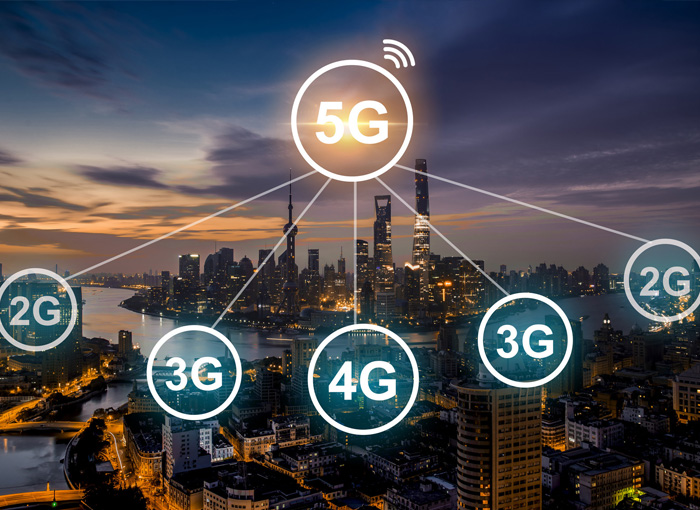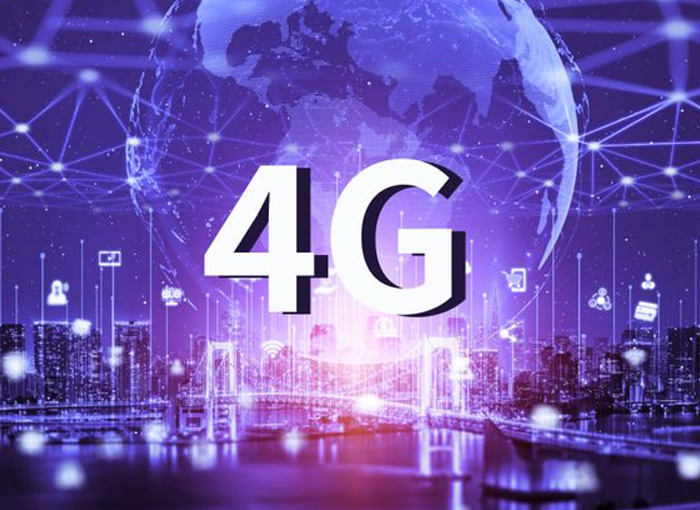Where is the 4G antenna mainly used?
In wireless communication, the 4G antenna is the interface to the external media. 4G antennas radiate and receive radio waves. At the time of transmission, the 4G antenna is able to convert high-frequency current into electromagnetic waves and convert the received electromagnetic waves into high-frequency current. The direction, gain and power of 4G antenna are important factors affecting the performance of 4G antenna.
Gain is one of the important parameters of 4G antenna system, and the definition of 4G antenna gain is related to omnidirectional 4G antenna or half-wave dipole 4G antenna. An omnidirectional radiator is a radiator that has the same power in all directions, and the 4G antenna gain in one direction is the field strength in that direction. DBi represents the reference value of the directional 4G antenna with respect to the omnidirectional radiator, and dBd is the reference value with respect to the half-wave dipole 4G antenna.
Polarization is a radiation characteristic that describes the spatial direction of the intensity vector of an electromagnetic field. Generally, the spatial direction of the electric field vector is considered to be the polarization direction of the electromagnetic wave. An electromagnetic wave whose spatial orientation is constant at all times is called a linearly polarized wave. Based on the ground, the wave whose electric field vector direction is parallel to the ground is called horizontally polarized wave, and the wave perpendicular to the ground is called vertically polarized wave.
According to the direction classification, GSM 4G antenna can be divided into directional 4G antenna and omnidirectional 4G antenna. According to the polarization mode, GSM 4G antenna can be divided into single polarization and double polarization. Different 4G antennas can be used in different occasions and for different purposes. Different types of 4G antennas and different device environments have different requirements and different device methods for the planning of 4G antenna brackets, which deserve our attention.
The above is the content shared today, I hope to help you, if there is a lack of welcome to supplement. If you want to know more about 4G antennas, continue to pay attention to our official website, we will update from time to time.




